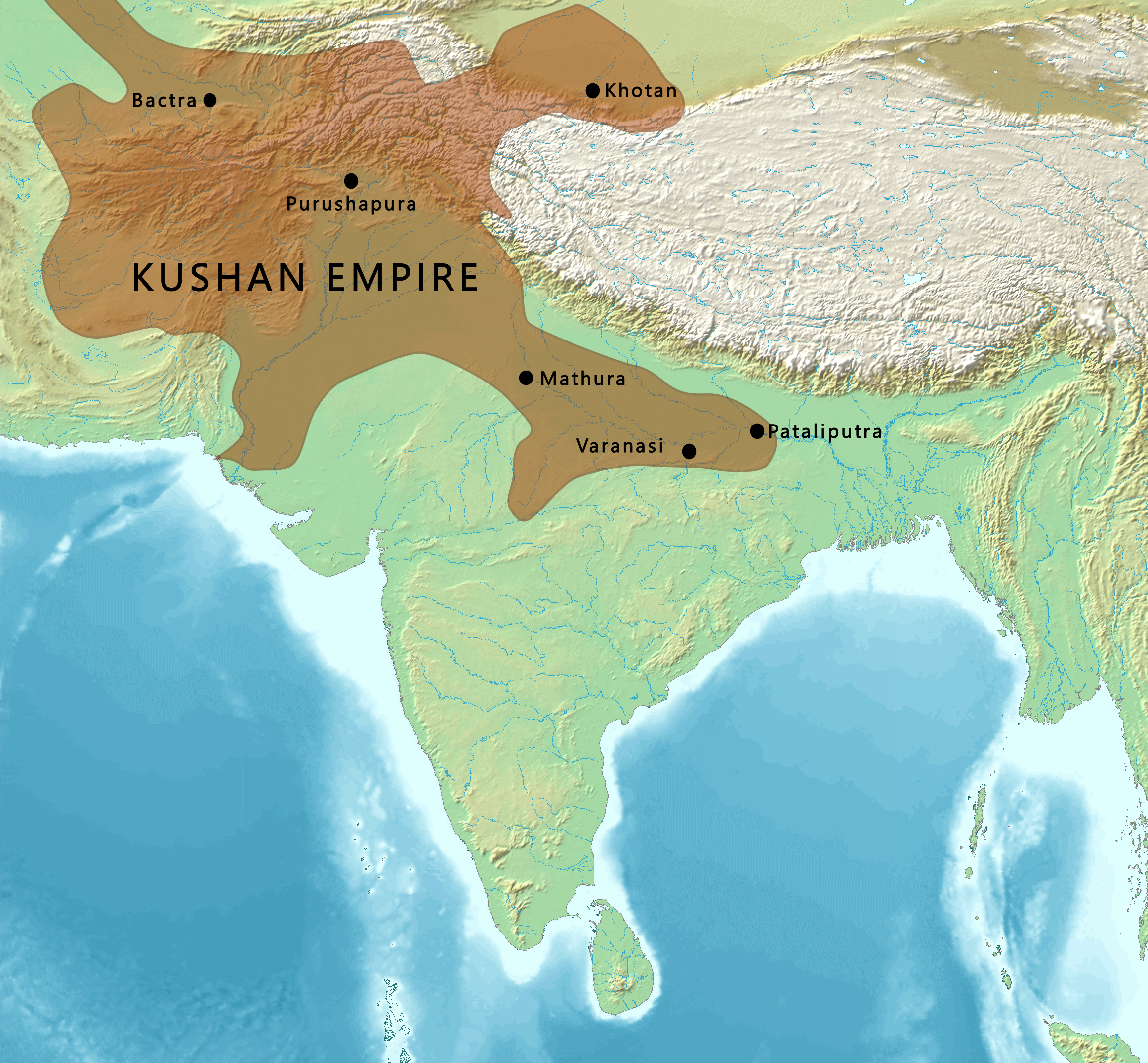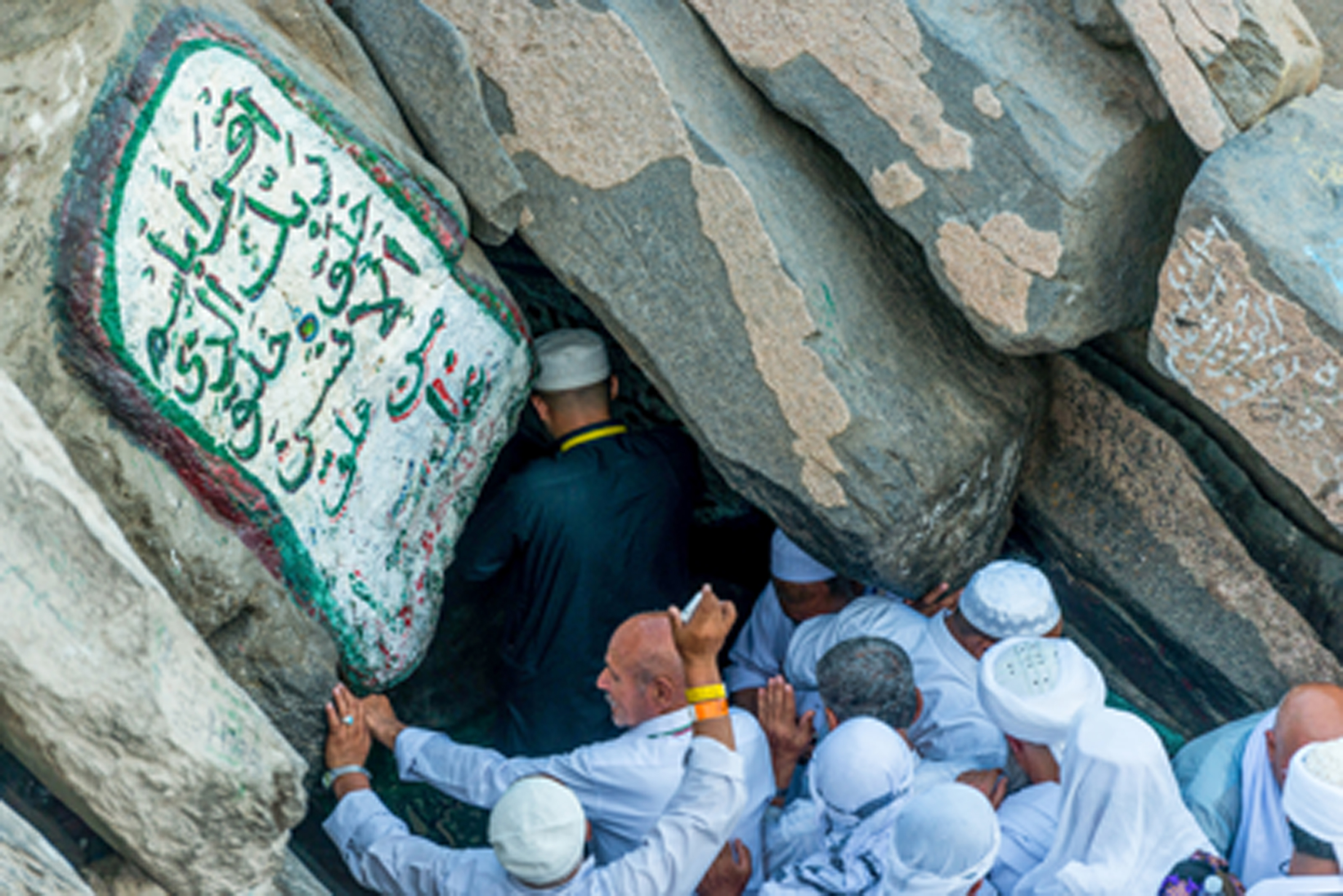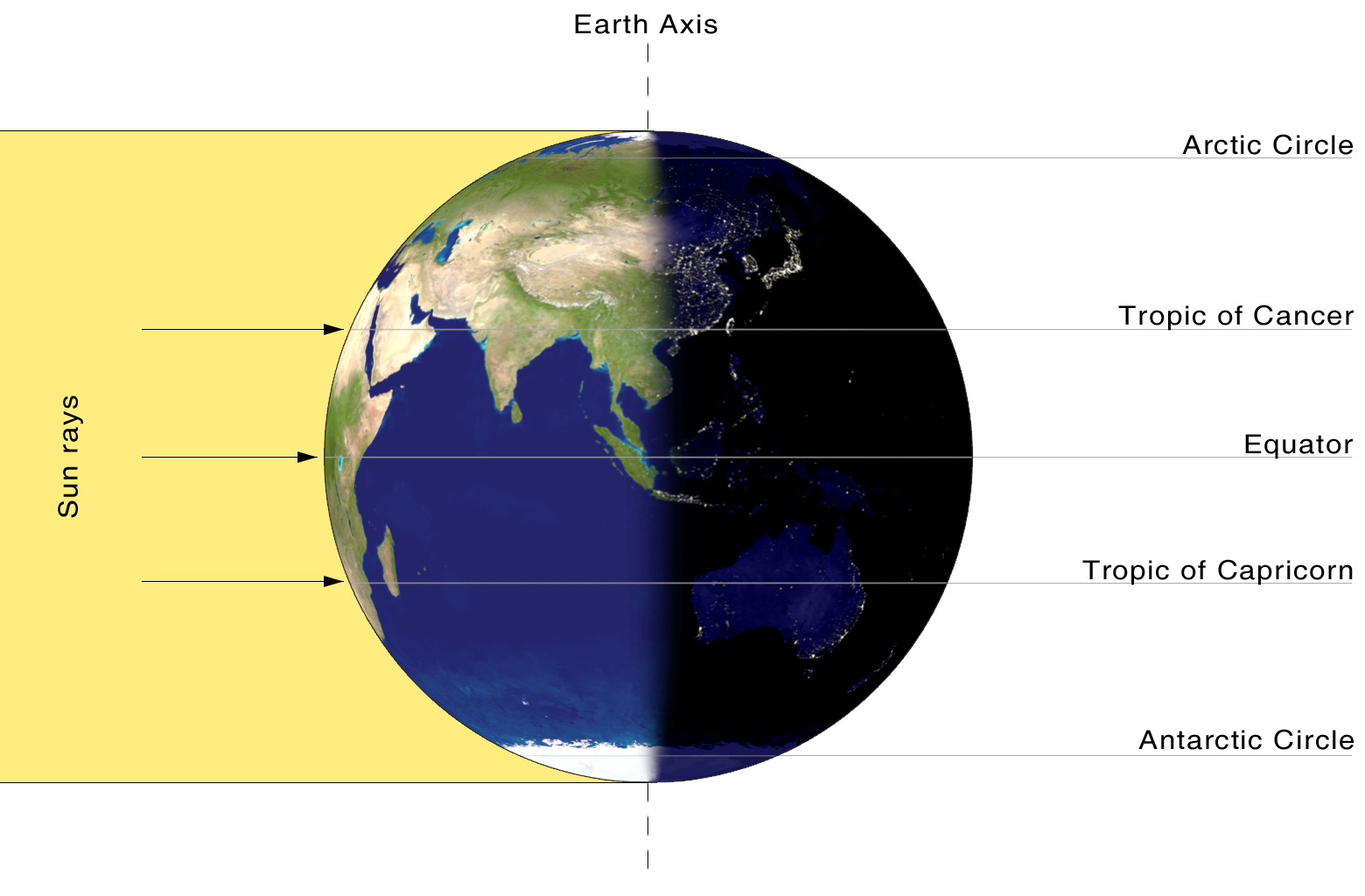|
Sakhi Shrine
Sakhi Shah-e Mardan Shrine or Ziyarat-e Sakhi (Pashto/), is a shrine and mosque located in the Karte Sakhi area of Kabul, Afghanistan. It is associated with the place to which the cloak of the Islamic prophet Muhammad was brought and with a visit from Ali, the son-in-law and cousin of Muhammad, who would later serve as Caliph himself. The shrine is located at the foot of the Asamayi Hill, now better known as Television Hill. To its north and west is the Sakhi Cemetery. Design The shrine is decorated with glazed tiles in a neo- Safavid Persian style. The building bears many inscriptions, including dedicatory texts, Qurʾanic excerpts, prayers, Hadith, and poetry. History and legend It is believed that the shrine marks the spot where the cloak of Muhammad was kept on its way to its present location in the Shrine of the Cloak in Kandahar. The cloak is said to have been woven by Muhammad himself with the help of his daughter Fatima, her husband, and Muhammad's cousin, Ali, an ... [...More Info...] [...Related Items...] OR: [Wikipedia] [Google] [Baidu] |
Kabul
Kabul is the capital and largest city of Afghanistan. Located in the eastern half of the country, it is also a municipality, forming part of the Kabul Province. The city is divided for administration into #Districts, 22 municipal districts. A 2025 estimate puts the city's population at 7.175 million. In contemporary times, Kabul has served as Afghanistan's political, cultural and economical center. Rapid urbanisation has made it the country's primate city and one of the largest cities in the world. The modern-day city of Kabul is located high in a narrow valley in the Hindu Kush mountain range, and is bounded by the Kabul River. At an elevation of , it is one of the List of capital cities by elevation, highest capital cities in the world. The center of the city contains its old neighborhoods, including the areas of Khashti Bridge, Khabgah, Kahforoshi, Saraji, Chandavel, Shorbazar, Deh-Afghanan and Ghaderdiwane. Kabul is said to be over 3,500 years old, and was mentioned at the ... [...More Info...] [...Related Items...] OR: [Wikipedia] [Google] [Baidu] |
Jabal Al-Nour
Jabal al-Nour ( or 'Hill of the Illumination') is a mountain near Mecca in the Hejaz region of Saudi Arabia. The mountain houses the Cave#Talus cave, grotto or cave of Hira (), which holds tremendous significance for Muslims throughout the world, as it is here where the Prophets and messengers in Islam, Islamic prophet Muhammad in Islam, Muhammad received his Muhammad's first revelation, first revelation of the Quran, which consisted of the first five Ayah, ayat of Al-Alaq, Surah Al-Alaq from the angel Gabriel in Islam, Jibra'il (as is pronounced in certain Qira'at, Quran recitation schools and some Arabs, Arab tribes; also known as Gabriel). It is one of the most popular tourist attractions in Makkah. The mountain itself is barely tall; nonetheless one to two hours are needed to make the strenuous hike to the cave. There are 1750 steps to the top which can take anywhere between half an hour and three hours. For Muslims, Jabal al-Nour represents a sacred place of profound signific ... [...More Info...] [...Related Items...] OR: [Wikipedia] [Google] [Baidu] |
March 2018 Kabul Suicide Bombing
A suicide bombing occurred on 21 March 2018 around 12:00 PM (7:30 AM UTC) in Kabul near Kart-e Sakhi, a Shia shrine. At least 33 people were killed with more than 65 wounded in the bombing. The militant group ISIL claimed responsibility for the attack. Attack Kabul had been on alert for attacks during Nowruz, the Persian New Year. The attack took place at the Sakhi shrine, a frequented location during the occasion. The shrine has been the target of previous attacks; in October 2016, 14 people were killed during the festival of Ashura, and 11 people had been killed in a bombing in 2011. A spokesperson for the Afghan Ministry of the Interior stated that the attacker approached the shrine on foot who was then prevented from getting closer to the shrine due to police checkpoints and when he was identified by the police, he detonated the explosives he was carrying among a group of passersby. At least 33 people were killed in the bombing, while injuring more than 65, according to a ... [...More Info...] [...Related Items...] OR: [Wikipedia] [Google] [Baidu] |
Hazaras
The Hazaras (; ) are an ethnic group and a principal component of Afghanistan’s population. They are one of the largest ethnic groups in Afghanistan, primarily residing in the Hazaristan (Hazarajat) region in central Afghanistan. Hazaras also form significant minority communities in Pakistan, mainly in Quetta, and in Iran, primarily in Mashhad. They speak Dari and Hazaragi, dialects of Persian languages, Persian. Dari, also known as Dari Persian, is the Languages of Afghanistan, official language of Afghanistan. The Hazaras are one of the most Persecution of Hazaras, persecuted groups in Afghanistan. Between Hazara genocide, 1888 and 1893, more than half of the Hazara population was List of massacres against Hazaras, massacred under the Emirate of Afghanistan, and they have faced Persecution of Hazaras, persecution at various times over the past decades. Widespread ethnic discrimination, religious persecution, organized attacks by terrorist groups, harassment, and arbitrary ... [...More Info...] [...Related Items...] OR: [Wikipedia] [Google] [Baidu] |
Nowruz
Nowruz (, , () , () , () , () , Kurdish language, Kurdish: () , () , () , () , , , , () , , ) is the Iranian or Persian New Year. Historically, it has been observed by Iranian peoples, but is now celebrated by many ethnicities worldwide. It is a festival based on the March equinox, Northern Hemisphere spring equinox, which marks the first day of a new year on the Iranian calendars and the currently used Solar Hijri calendar; it usually coincides with a date between 19 March and 22 March on the Gregorian calendar. The roots of Nowruz lie in Zoroastrianism, and it has been celebrated by many peoples across West Asia, Central Asia, the Caucasus and the Black Sea Basin, the Balkans, and South Asia for over 3,000 years. In the modern era, while it is observed as a Secularism, secular holiday by most celebrants, Nowruz remains a holy day for Zoroastrians, Baháʼís, and Isma'ilism, Ismaʿili Shia Muslims. For the Northern Hemisphere, Nowruz marks the beg ... [...More Info...] [...Related Items...] OR: [Wikipedia] [Google] [Baidu] |
Amanullah Khan
Ghazi (warrior), Ghazi Amanullah Khan (Pashto/Dari: ; 1 June 1892 – 26 April 1960) was the head of state, sovereign of Afghanistan from 1919, first as Emirate of Afghanistan, Emir and after 1926 as Kingdom of Afghanistan, King, until his abdication in 1929. After the end of the Third Anglo-Afghan War in August 1919, Afghanistan was able to relinquish its British protectorate#List of former British protected states, protected state status to proclaim independence and pursue an independent foreign policy free from the influence of the United Kingdom. His rule was marked by dramatic political and social change, including attempts to modernise Afghanistan along Western lines. He did not fully succeed in achieving this objective due to an uprising by Habibullah Kalakani and his followers. On 14 January 1929, Amanullah abdicated and fled to neighbouring British India as the Afghan Civil War (1928–1929), Afghan Civil War began to escalate. From British India, he went to Europe, whe ... [...More Info...] [...Related Items...] OR: [Wikipedia] [Google] [Baidu] |
Back Of Sakhi Memorial - Panoramio
The human back, also called the dorsum (: dorsa), is the large posterior area of the human body, rising from the top of the buttocks to the back of the neck. It is the surface of the body opposite from the chest and the abdomen. The vertebral column runs the length of the back and creates a central area of recession. The breadth of the back is created by the shoulders at the top and the pelvis at the bottom. Back pain is a common medical condition, generally benign in origin. Structure The central feature of the human back is the vertebral column, specifically the length from the top of the thoracic vertebrae to the bottom of the lumbar vertebrae, which houses the spinal cord in its spinal canal, and which generally has some curvature that gives shape to the back. The ribcage extends from the spine at the top of the back (with the top of the ribcage corresponding to the T1 vertebra), more than halfway down the length of the back, leaving an area with less protection between the ... [...More Info...] [...Related Items...] OR: [Wikipedia] [Google] [Baidu] |
Mullah Omar
Muhammad Umar Mujahid (196023 April 2013), commonly known as Mullah Omar or Muhammad Omar, was an Afghan militant leader and founder and the first leader of the Taliban from 1994 until his death in 2013. During the Third Afghan Civil War, the Taliban fought the Northern Alliance and took control of most of the country, establishing its First Islamic Emirate for which Omar disputedly began to serve as Supreme Leader in 1996. Shortly after al-Qaeda carried out the September 11 attacks, the Taliban government was toppled by an American invasion of Afghanistan, prompting Omar to go into hiding; he successfully evaded capture by the American-led coalition before dying in 2013 from tuberculosis. Born into a religious family in Kandahar, Omar was educated at local madrasas in Afghanistan. After Afghanistan was invaded by the Soviet Union in 1979, he joined the Afghan mujahideen to fight in the Soviet–Afghan War and he was trained by Amir Sultan Tarar. He served as an important reb ... [...More Info...] [...Related Items...] OR: [Wikipedia] [Google] [Baidu] |
Zulfiqar
Zulfiqar or Zulfaqar (, ), also spelled ''Zu al-Faqar'', ''Zulfakar'', ''Dhu al-Faqar'', or ''Dhulfaqar)'', is the sword of Ali, Ali ibn Abi Talib that was distinguished by having a double blade. Middle Eastern weapons are commonly inscribed with a quote mentioning Zulfiqar, and Middle Eastern swords are at times made with a split tip in reference to the weapon. Name The meaning of the name is uncertain. The word ''ḏhu'' () means "possessor, master", and the idafa construction "possessor of..." is common in Arabic phraseology, such as in ''Dhu al-Qarnayn'', ''Dhu al-Kifl'', ''Dhu al-Qadah'' and ''Dhu al-Hijjah''. The meaning of ''faqār'' (), means "splitter, differentiatior". It is often vocalized as ''fiqār'' instead of ''faqār''; Arabic-English Lexicon, Lane cites authorities preferring ''faqār'' however the vocalization ''fiqār'' still sees more widespread use. The word ''faqār'' has the meaning of "the vertebrae of the back, the bones of the spine, which are set in ... [...More Info...] [...Related Items...] OR: [Wikipedia] [Google] [Baidu] |
Ahmad Shah Durrani
Ahmad Shāh Durrānī (; ; – 4 June 1772), also known as Ahmad Shāh Abdālī (), was the first ruler and founder of the Durrani Empire. He is often regarded as the founder of modern Afghanistan. Throughout his reign, Ahmad Shah fought over fifteen major military campaigns. Nine of them being centered in India, three in Khorasan province, Khorasan, and three in Afghan Turkestan. Having rarely lost a battle, historians widely recognize Ahmad Shah as a brilliant military leader and tactician, typically being compared to rulers such as Mahmud of Ghazni, Babur, and as well as Nader Shah. Historian Hari Ram Gupta refers to Ahmad Shah as the "greatest general of Asia of his time", as well as one of the greatest conquerors in Asian history. Name and title His birth name was Ahmad Khan, born into the Durrani, Abdali tribe. After his accession to power in 1747, he became known as Ahmad Shah. His tribe also changed the name from Abdali, instead becoming the Durrani. Afghans often ca ... [...More Info...] [...Related Items...] OR: [Wikipedia] [Google] [Baidu] |
Fayzabad, Badakhshan
Fayzabad also spelled Feyzabad or Faizabad () is a city in northeastern Afghanistan, with a population of around 39,555 people. It is the provincial capital and largest city of Badakhshan province. It is situated in Fayzabad district and is at an altitude of . Fayzabad is the main commercial and administrative center of the Pamir region. The Kokcha River runs alongside the city. The Fayzabad Airport is located next to the city, which provides limited domestic flight services. History The city was called Jauz Gun until 1680 because of the many walnut ("jauz") farms in the area. The name was changed to Faizabad, which can be roughly translated as "abode of divine bounty, blessing, and charity", when the robe of Prophet Muhammed was delivered to the city. Tradition states that it was brought here by Muhammad Shaykh Ziya and Shaykh Niyaz after Wais Quran brought it to Balkh. At that time the city replaced Munjan as the capital of Badakhshan. Later, in 1768, Ahmad Durrani took ... [...More Info...] [...Related Items...] OR: [Wikipedia] [Google] [Baidu] |
Badakhshan
Badakhshan is a historical region comprising the Wakhan Corridor in northeast Afghanistan, eastern Tajikistan, and Taxkorgan Tajik Autonomous County in China. Badakhshan Province is one of the 34 provinces of Afghanistan. Much of historic Badakhshan lies within Tajikistan's Gorno-Badakhshan Autonomous Region in the southeastern part of the country. The music of Badakhshan is an important part of the region's cultural heritage. Name The name "Badakhshan" (, ''Badaxšân''; ; , ''Badakhshon''; ) is derived from the Sasanian official title ''bēdaxš'' or ''badaxš'', which may be from an earlier *pati-axša; the suffix -''ān'' indicates that the country belonged, or had been assigned as a fief, to a person holding the rank of a '' badaxš''. People Badakhshan has a diverse ethnolinguistic and religious community of Badakhshanites. Tajiks and Pamiris are in the majority while a tiny minority of Kyrgyzs, Uzbeks, Hazaras, and Pashtuns are also found in some villages. ... [...More Info...] [...Related Items...] OR: [Wikipedia] [Google] [Baidu] |








